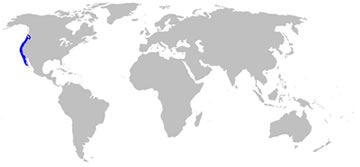
these marine predator rays typically electrocute
animals they eat, and these rays respond when touched, by generating
a current of up to 30 amperes and a voltage ranging from 30 up to
220 volts

Range - from coasts of Vancouver Island region of Canada, south along coasts of Washington, Oregon & California, all the way to coasts of Baja, Mexico
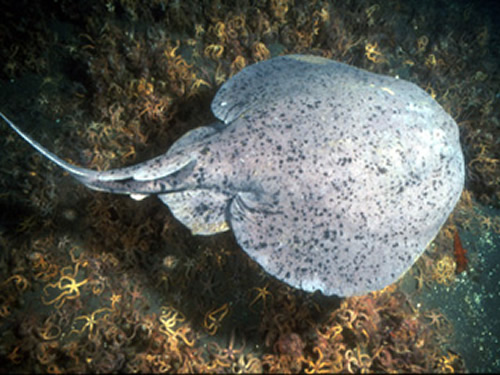
Pacific electric Ray (Torpedo
californica) 45 volts
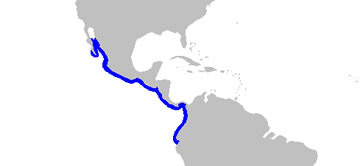
Range - from Baja peninsula, Mexico, south along the Central American coast all the way to northern Chile
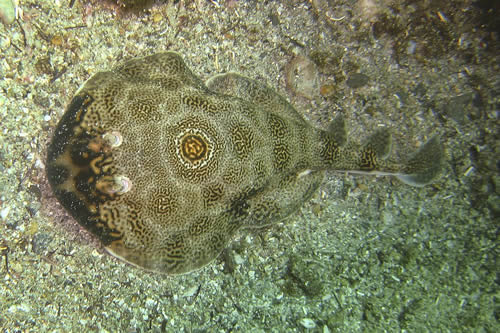
Ocellated electric Ray, or 'Bullseye ray' (Diplobatis ommata) 37 volts
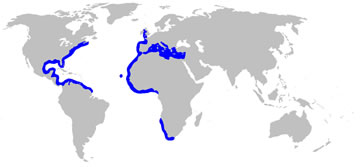
Range - from Nova Scotia
to Brazil on the western side of the Atlantic,
& from Scotland to
all Mediterranean coasts & to West Africa & parts of southern
Africa on the eastern side of the Atlantic
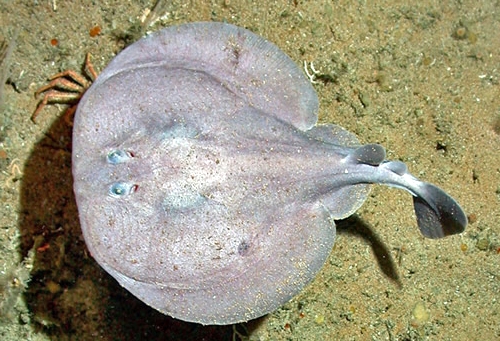
Atlantic torpedo Ray (Tetronarce nobiliana) 220 volts
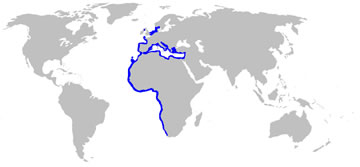
Range - southern
coast of Norway, across the North sea, along the shores of France and Spain,
throughout all Mediterranean coasts
and along Atlantic shores of western and
southern Africa
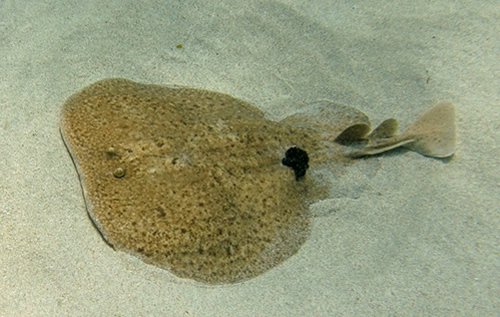
Marbled electric Ray (Torpedo marmorata) 220 volts
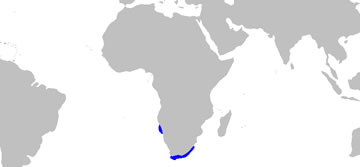
Range - coast of Namibia & coasts of the Cape Province of South Africa
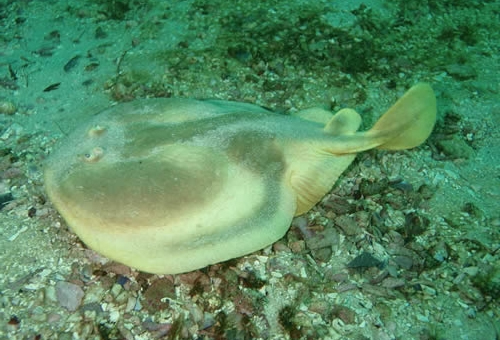
One-fin electric Ray, or 'Cape numbfish' (Narke capensis) voltage unknown
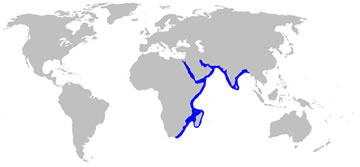
Range - coasts of the Indian Ocean, Persian Gulf, Red Sea, Arabian Sea, Bay of Bengal
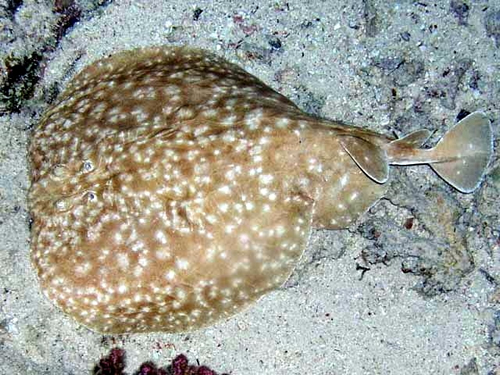
Variable electric Ray, or 'Gulf torpedo' (Torpedo sinuspersici) 70-80 volts
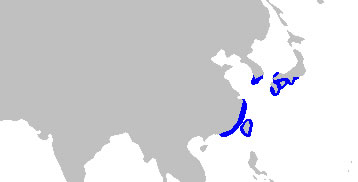
Range - East Asian coasts including parts of southern Japan, South Korea, eastern China & around the coast of Taiwan
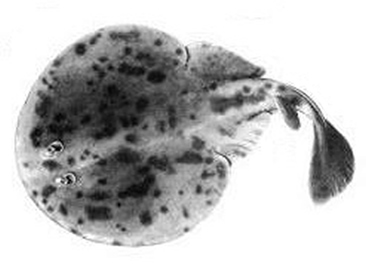
Japanese Sleeper Ray (Narke japonica) 80 volts
illustration with an atypical pattern of markings
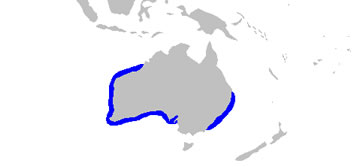
range - coastal waters of western, southwestern and eastern Australia
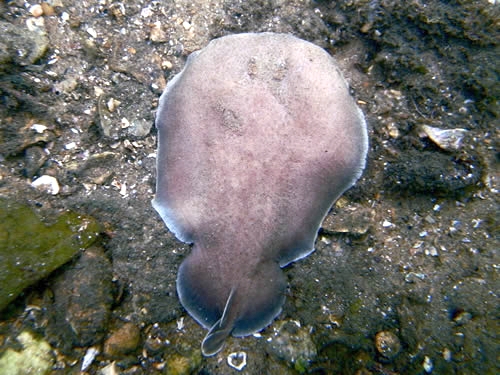
Coffin Ray, or 'Australian numbfish' (Hypnos monopterygius) 200 volts
Coffin ray photographed in Parsley Bay, Sydney
Original "Torpedo Electric
Ray"
the electrical discharge of this
cartilagenous fish was well known to ancient Greeks and Romans
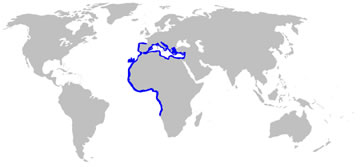
range - Mediterranean Sea and eastern Atlantic Ocean, from the Bay of Biscay to coasts of West Africa
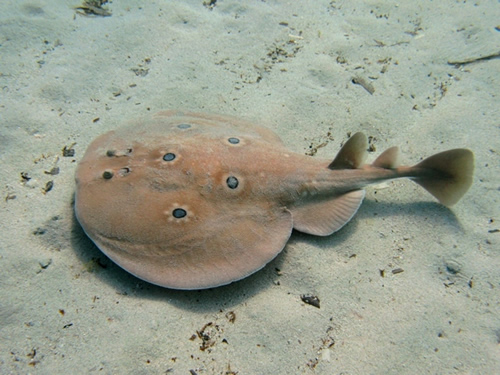
Common Torpedo Ray (Torpedo torpedo) 200 volts
This kind of ray can be readily identified by five blue spots on its back.
The term torpedo is derived from Latin, `torpor', arising from a Roman description of the numbing, inactivating affect an electric ray's shock may have on any human who comes into contact with it.
In about 1900 AD the self-propelled naval torpedo weapon was named after this kind of devastating sea beast.
Electric minds of Planet Earth send a BIG SHOUT OUT to Don in Vancouver, a first classs fellow emeritus of GSA...!
Ad astra and best regards.
this web page created by an Alchemist in the 21st Century